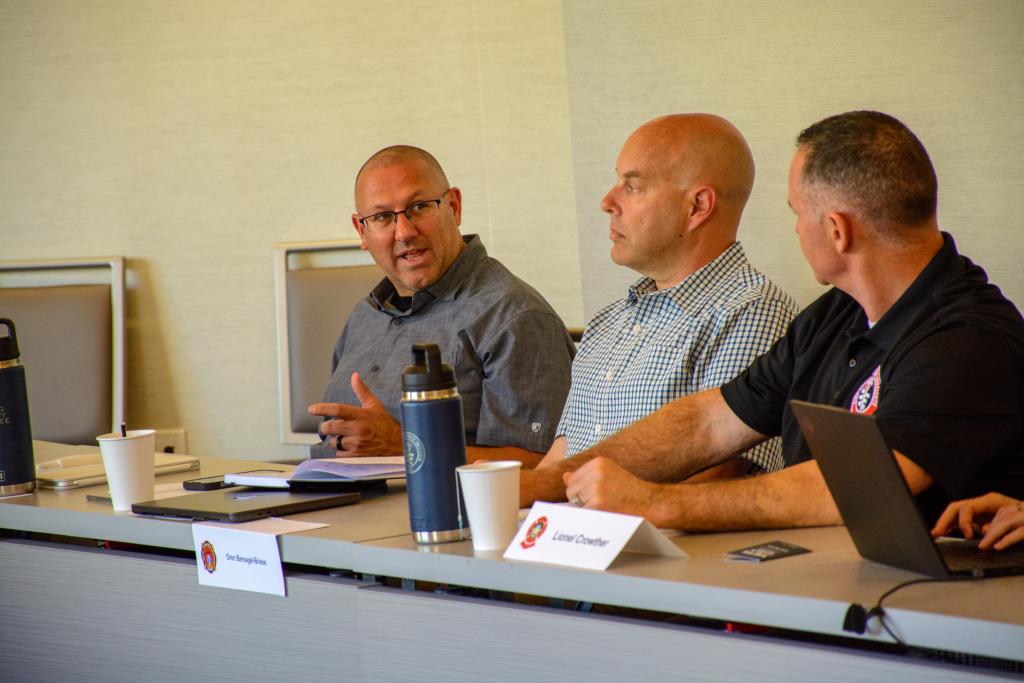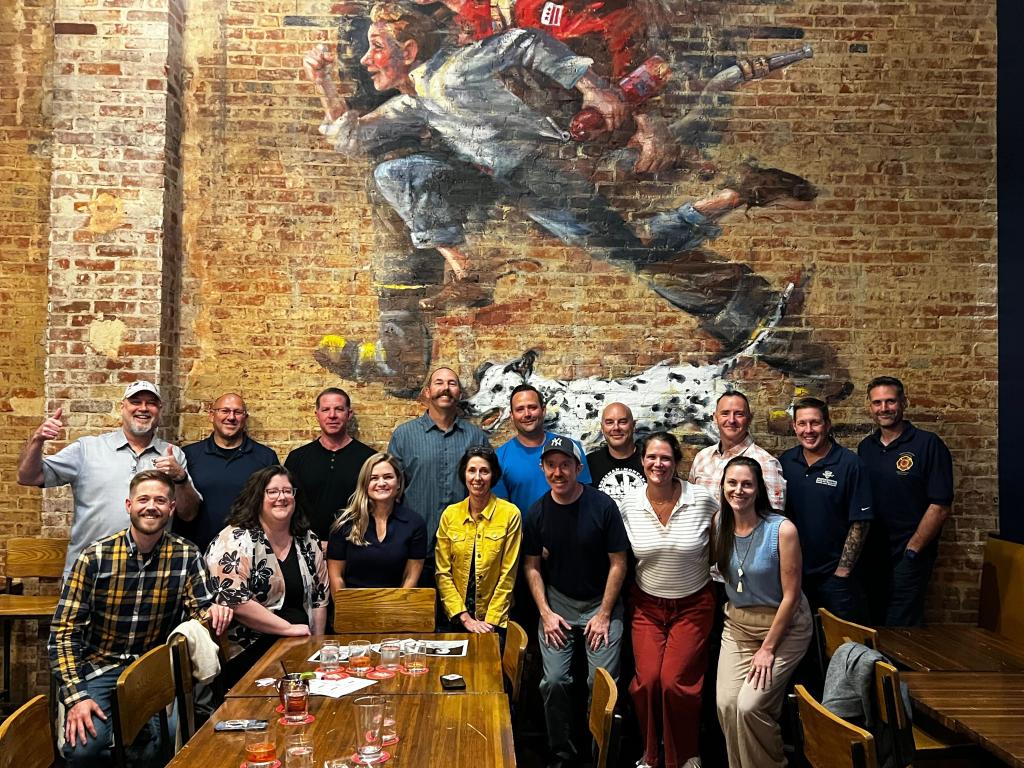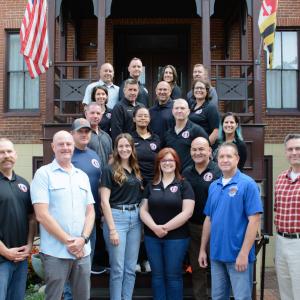
From September 30th to October 2nd, members of our Training Advisory Committee gathered in Washington, D.C. for three days of discussion, collaboration, and reflection. The meeting aimed to gain a deeper understanding of how our training materials are used across the fire service, learn more about the needs and experiences of various fire service members, and strengthen our partnership with the fire service. The week also included a joint session with our Public Education Advisory Committee, which explored how different audiences seek, share, and trust information.
Understanding Firefighting Training Needs Across the Fire Service
Throughout the discussions, several clear themes emerged:
- Trust in research remains foundational: Departments continue to rely on the Fire Safety Academy because the materials are grounded in science, meaning training officers and instructors do not need to vet them as they would other resources. This trust enables the integration of new materials into everyday training and operational decision-making.
- Volume of content is both a strength and an opportunity for clarity: While the depth of the FSA is a major asset, some members noted that the volume of content can be hard to navigate. Users want clearer pathways, including guidance on where to start, which lessons are most relevant, and how to integrate content efficiently. Highlighting effective entry points ensures that the materials remain accessible, actionable, and engaging.
- Different roles have different motivations and access points: Newer firefighters are eager to understand the why behind tactics and respond well to short, visual, and relatable content. Meanwhile, training officers and instructors look for adaptable materials that provide credibility and support. Chiefs focus on the bigger picture, seeking to understand how training affects safety, outcomes, and operational consistency. Recognizing these differences helps ensure our content connects with the right audience in meaningful ways.

Joint Session with the PAC to Inform Firefighting Training
On the final day of the meeting, TAC and PAC members discussed our primary audiences, exploring how different members of the fire service seek, share, and trust information. The conversation highlighted audience behaviors, networks, and preferences. These insights will inform how the research amplification team positions our materials to resonate with different fire departments and roles.
Learning Through Community and Connection in Firefighting Training
The meeting would not be complete without a chance for the TAC members to connect outside the meeting room. From a monuments-by-moonlight tour and visits to the Washington Monument and U.S. Capitol, to dinner and trivia at a firehouse-turned-restaurant, these shared experiences helped participants relax, build trust, and form connections, creating a more open and engaging environment for discussion.


Looking Ahead in Firefighting Training
The TAC provides invaluable insight into how our training materials are perceived, integrated, and adapted in the field. We are grateful for the honesty, experience, and collaboration shared throughout the week. As we enter the next year, we will incorporate this feedback into the development of our 2026 Education and Training strategy to continue improving our firefighting training offerings.

